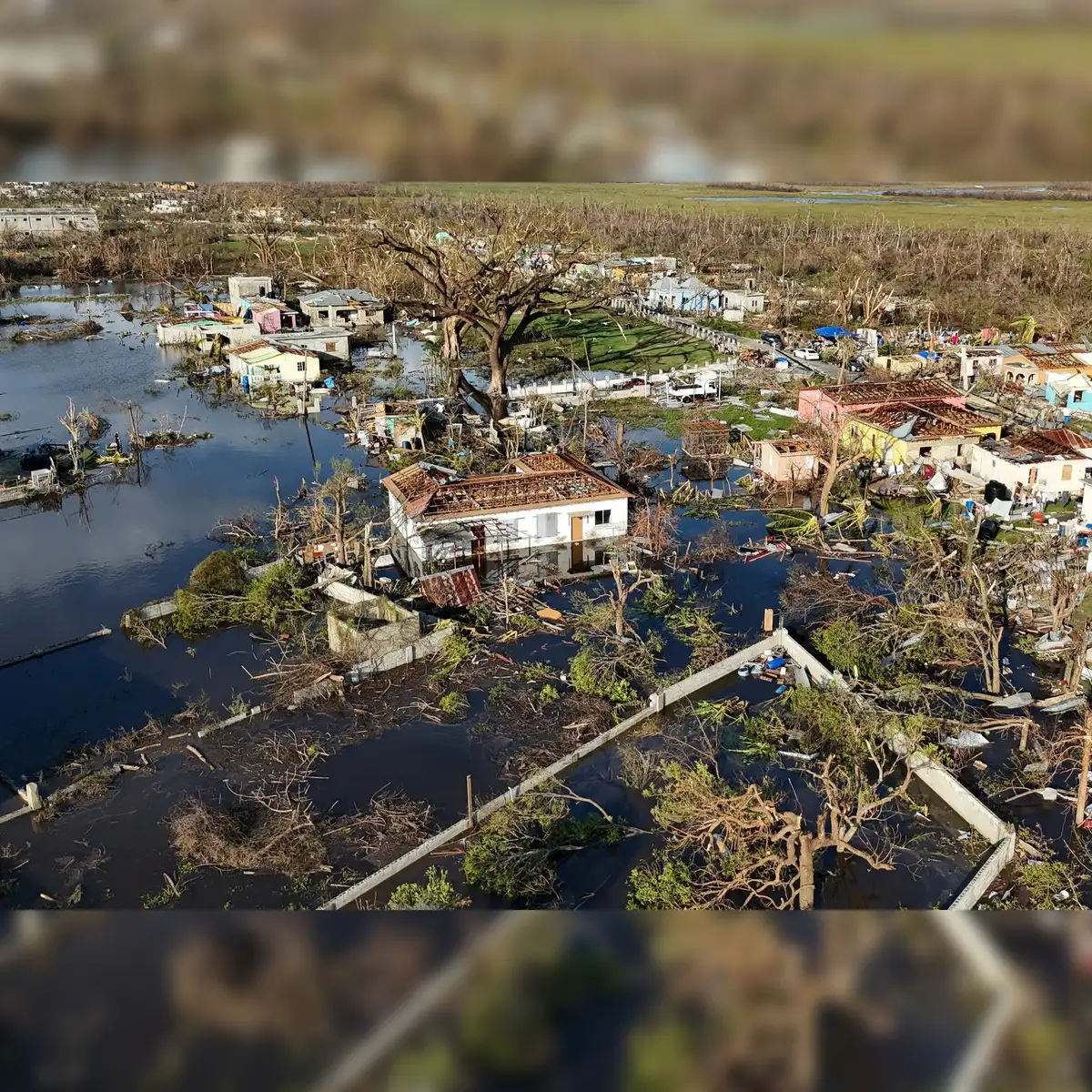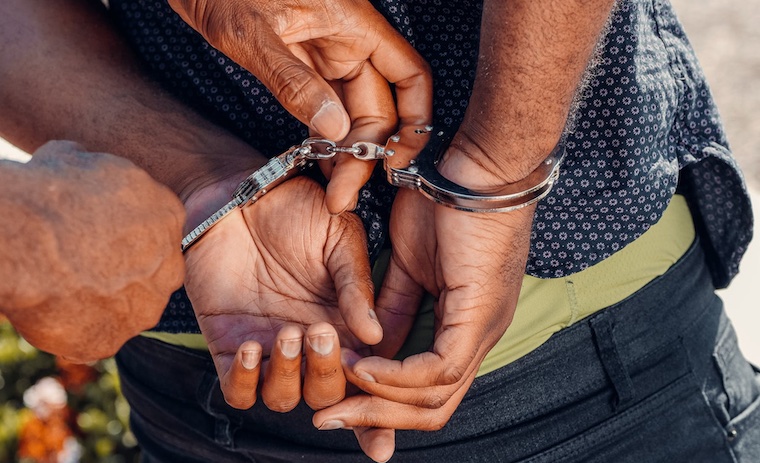
The confirmed death toll from Hurricane Melissa has climbed to 49, officials said, as the record-breaking storm tore through the northern Caribbean before accelerating past Bermuda early Friday.
Haiti—though not directly in the hurricane’s path—suffered the heaviest casualties after days of relentless, torrential rainfall from the slow-moving system. Authorities reported at least 30 deaths and 20 people still missing.
In the southern town of Petit-Goâve, a river burst its banks, killing 23 people, including 10 children, and sweeping away homes, roads, and farmlands.
In Jamaica, at least 19 deaths have been confirmed, with emergency teams still conducting search and rescue missions.
The storm left widespread devastation: entire communities without electricity, roofs torn from homes and schools, and debris strewn across agricultural fields. The Jamaican military has activated its reserves to support relief operations.
Melissa made landfall in southwestern Jamaica on Tuesday as a Category 5 hurricane, the strongest storm ever to strike the island and the first major hurricane to make direct landfall there since 1988.
Meteorologists said its wind speeds placed it in a tie for the second-strongest Atlantic hurricane on record at landfall.
AccuWeather estimated $48–$52 billion in damage and economic losses across the western Caribbean.
In eastern Cuba, where 735,000 people evacuated, no deaths have been reported so far, though officials say the destruction to homes and crops is extensive.
By 3 a.m. Irish time, Melissa had weakened to a Category 2 storm and was located 264 km west of Bermuda, with sustained winds of 161 km/h, according to the U.S. National Hurricane Center.
Bermuda’s government prepared for potential impacts by closing its causeway late Thursday and suspending schools and ferry services “out of an abundance of caution.”
In the Bahamas, where Melissa passed on Wednesday night, storm warnings were lifted but officials have not yet issued an “all clear.”
Authorities said a decision will be made by Saturday on when evacuees can safely return to affected islands.



